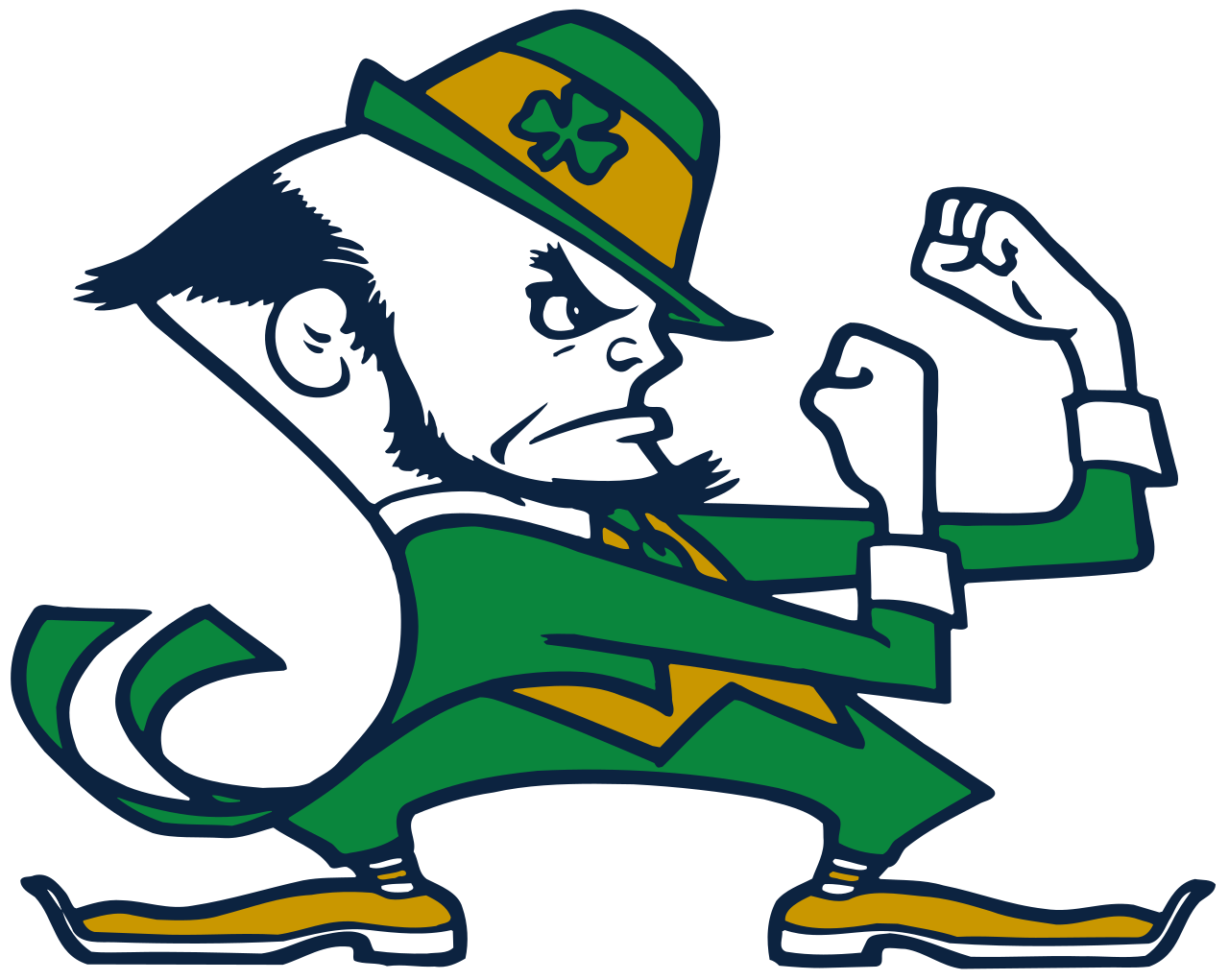
The country is again in the midst of a movement aimed at retiring team names and mascots deemed to be offensive. As with prior such movements, the “Fighting Irish” moniker and leprechaun mascot, with his classic “fisticuffs stance”, have entered the discussion. Those objecting to the nickname are presumably well-intentioned. But is “Fighting Irish” a slur? Or does the term have an origin of which the University, its students, alumni and the countless “subway alumni” can rightfully be proud?
Long before Notre Dame was established, the Irish soldier had a reputation for military prowess among the nations of Europe . The Treaty of Limerick in 1691 provided for the “Flight of the Wild Geese” in 1691 as Patrick Sarsfield and his Irish army of 14,000 joined Mountcashel’s Irish Brigade in the service of France . The Crowned heads of Europe (excluding England) enjoyed the service of generations of military leaders and intrepid Irish units who proved their worth time and time again. These Irish units in European service soon earned a reputation for their dependability and valor, leading continental armies to recruit in Ireland until the British made the practice illegal in 1745.
Irish emigration in the aftermath of the Great Hunger brought large numbers to our shores, just as the simmering conflict between the north and south was preparing to boil over. Anti-Catholic Nativists saw the Irish masses disembarking at American ports as a threat. Catholics, especially Irish Catholics, were considered to be dirty, immoral and “Un-American,” more loyal to Rome than Washington.
The Irish enlisted in the Union Army in great numbers and readers of this column are well aware of the gallant exploits of Irish Brigade. The penchant of the Brigade’s commanders for headlong charges and the willingness of the Irish troops soon caught the attention of other combatants, newspapers and the American people. The steady advance of the Brigade against murderous fire at Marye’s Heights on December 11, 1862 amazed the most battle-hardened observers. George Pickett famously wrote to his fiancé: “Your soldier’s heart almost stood still as he watched those sons of Erin fearlessly rush to their deaths. The brilliant assault on Marye’s Heights of their Irish Brigade was beyond description. We forgot they were fighting us and cheer after cheer at their fearlessness went up all along our lines.”
What does any of this have to do with Notre Dame? The exploits of Irish troops reported in the papers could not have been more different than Nativist depictions of the Irish. “Fighting Irish” referred not to drunken brawlers, but loyal American soldiers, the bravest of the brave. Notably, one of the Chaplains of the Brigade was Father William Corby, who later became the President of Notre Dame.
Of the competing genesis stories of the “Fighting Irish” name, the connection between the Brigade, Father Corby and Notre Dame perhaps rings most true. Unlike Indian names adopted by non-Native Americans, the name “Fighting Irish” was adopted by Notre Dame President, Mathew J. Walsh, C.S.C., son of an immigrant from County Cork, in 1927. As for the pugilistic leprechaun, the Irish had dominated the sport of boxing for decades. The stance of the leprechaun (search “John L. Sullivan” and look at the image) says it all – he is pure boxer, not barroom brawler. Certainly no one thinks that the “Fighting Illini” name of the occasional Notre Dame opponent is a slur. Come what may, it seems likely that the Fighting Irish of Notre Dame will continue to “ fight in every game, Strong of heart and true to her name.”